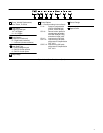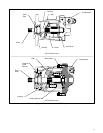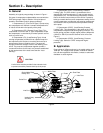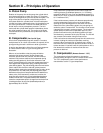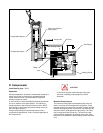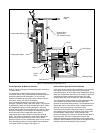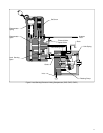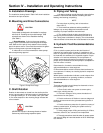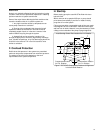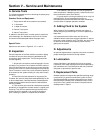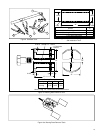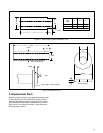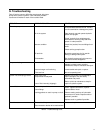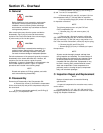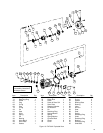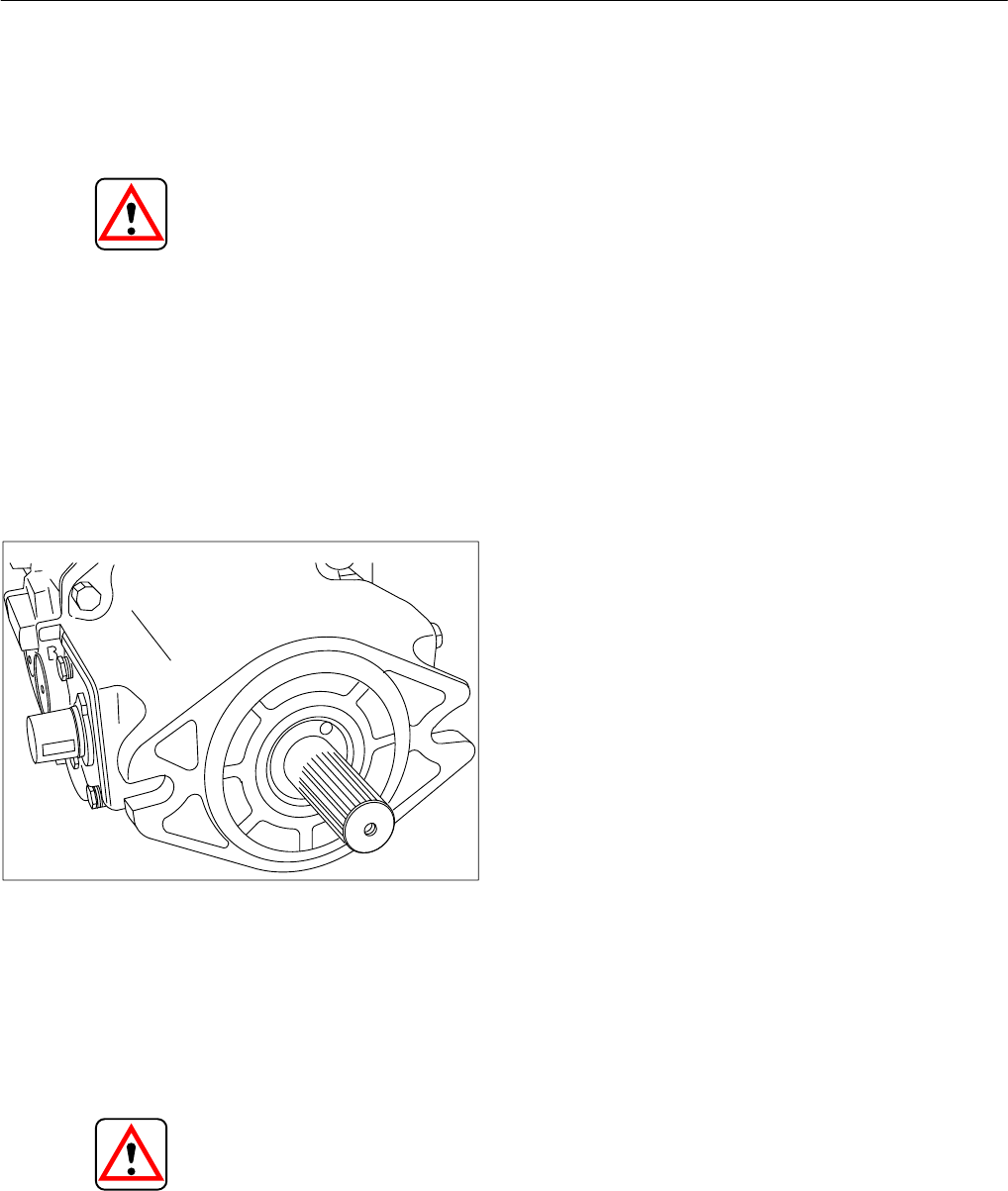
12
Section IV – Installation and Operating Instructions
A. Installation Drawings
The installation drawing listed in Table 2 will show installation
dimensions and port locations.
B. Mounting and Drive Connections
CAUTION
Pump shafts are designed to be installed in couplings
with a slip fit. Pounding can injure the bearings. Shaft
tolerances are shown on the installation drawing.
(See Table 1.)
1. Direct Mounting - A pilot on the pump mounting
flange (Figure 6) assures correct mounting and shaft align-
ment. Make sure the pilot is firmly seated in the accessory
pad of the power source. Care should be exercised in tighten-
ing the mounting screw to prevent misalignment.
2. Indirect drive is not recommended for these pumps
without engineering approval.
Figure 6. Pump Pilot Flange.
C. Shaft Rotation
Rotation is determined as viewed from the shaft end of the
pump. A pump made for left-hand rotation is identified by an
”L” and right-hand by an ”R” in the model code. (See Table
2.) An arrow stamped on the mounting flange indicates the
correct rotation.
CAUTION
NEVER drive a pump in the wrong direction of rotation.
Seizure may result causing expensive repairs.
D. Piping and Tubing
1. All pipes and tubing must be thoroughly cleaned before
installation. Recommended methods of cleaning are sand
blasting, wire brushing, and pickling.
NOTE
For instructions on pickling, refer to instructions
sheet 1221-S.
2. To minimize flow resistance and the possibility of
leakage, only as many fittings and connections as are
necessary for proper installation should be used.
3. The number of bends in tubing should be kept to a
minimum to prevent excessive turbulence and friction of oil
flow. Tubing must not be bent too sharply. The recommended
radius for bends is three times the inside diameter of the tube.
E. Hydraulic Fluid Recommendations
General Data
Oil in a hydraulic system performs the dual function of
lubrication and transmission of power. It constitutes a vital
factor in a hydraulic system, and careful selection of it should
be made with the assistance of a reputable supplier. Proper
selection of oil assures satisfactory life and operation of
system components with particular emphasis on hydraulic
pumps. Any oil selected for use with pumps is acceptable for
use with valves or motors.
Data sheets for oil selection are available from any
authorized distributor or sales engineer.
Oil Recommendations noted in the data sheet are based on
our experience in industry as a leading hydraulic component
manufacturer.
Where special considerations indicate a need to depart from
the recommended oils or operating conditions, contact an
authorized distributor or sales engineer.
Cleanliness
Thorough precautions should always be observed to insure
the hydraulic system is clean:
1. Clean (flush) entire new system to remove paint,
metal chips, welding shot etc.
2. Filter each change of oil to prevent introduction of
contaminants into the system.
3. Provide continuous oil filtration to remove sludge and
products of wear and corrosion generated during the life of
the system.
4. Provide continuous protection of system from entry of
airborne contamination, by sealing the system and/or by
proper filtration of the air.
5. During usage, proper oil filling and servicing of oil filters,
breathers, reservoirs, etc. cannot be over emphasized.
6. Thorough precautions should be taken by proper system
and reservoir design to insure that aeration of the oil wIll be kept
to a minimum.



